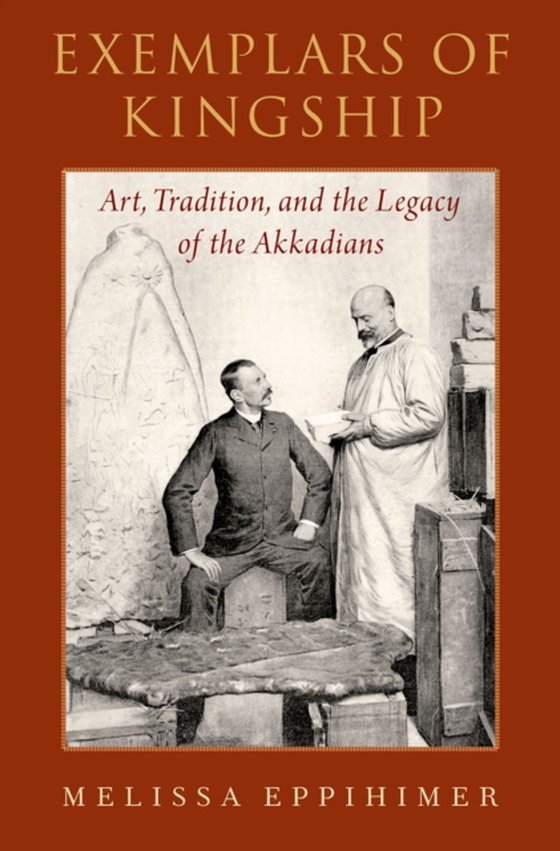
Exemplars of Kingship e-bog
619,55 DKK
(inkl. moms 774,44 DKK)
Stretching across the historical region of Mesopotamia, the Akkadian dynasty (ca. 2334-2154 BCE) created a territorial state of unprecedented scale in the ancient Near East by uniting the city-states of Sumer and Akkad and parts of Syria and Iran. To establish and, later, cement their authority over disparate peoples and places, the kings used art and visual culture to extraordinary effect. Exe...
E-bog
619,55 DKK
Forlag
Oxford University Press
Udgivet
26 juni 2019
Længde
272 sider
Genrer
1QDAM
Sprog
English
Format
epub
Beskyttelse
LCP
ISBN
9780190903039
Stretching across the historical region of Mesopotamia, the Akkadian dynasty (ca. 2334-2154 BCE) created a territorial state of unprecedented scale in the ancient Near East by uniting the city-states of Sumer and Akkad and parts of Syria and Iran. To establish and, later, cement their authority over disparate peoples and places, the kings used art and visual culture to extraordinary effect. Exemplars of Kingship conveys the astonishing life of the art of the Akkadian kings by assessing ancient and modern responses to its dynamic forms and transformative ideologies of kingship. For nearly two thousand years after their reign, the Akkadian kings were remembered as exemplary rulers. Modern assessments of ancient memories of Akkadian kingship have concentrated on textual attestations of the kings' place in cultural memory. This book considers the contributions of images to memories of Akkadian kingship. Through close readings of the visuals that remain, Melissa Eppihimer discusses how Akkadian steles, statues, and cylinder seals became models for later rulers in Mesopotamia and beyond who wished to emulate or critique the Akkadian kings-and how these rulers and their contemporaries were reminded of the Akkadian past when they looked at images. Exemplars of Kingship is, therefore, a book about Akkadian art and its reception in antiquity, but it is also concerned with the modern reception of Akkadian art and kingship. It argues that modern responses have constrained our understanding of ancient responses. Through a wide range of examples drawn from almost two millennia, the book highlights the individual decisions that prompted continuity and change during the long history of Mesopotamia and its artistic traditions.
 Dansk
Dansk

